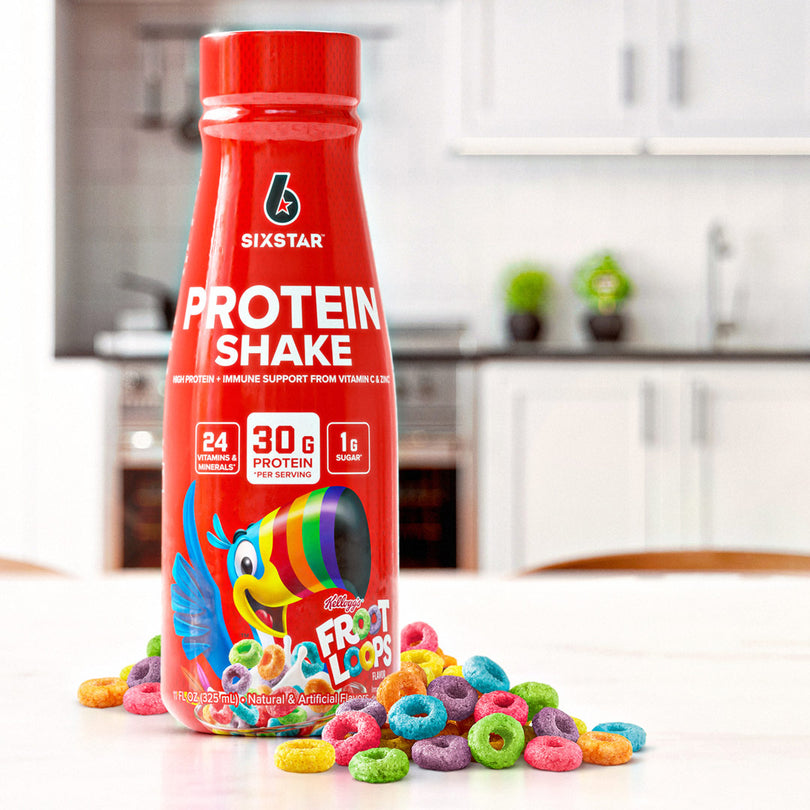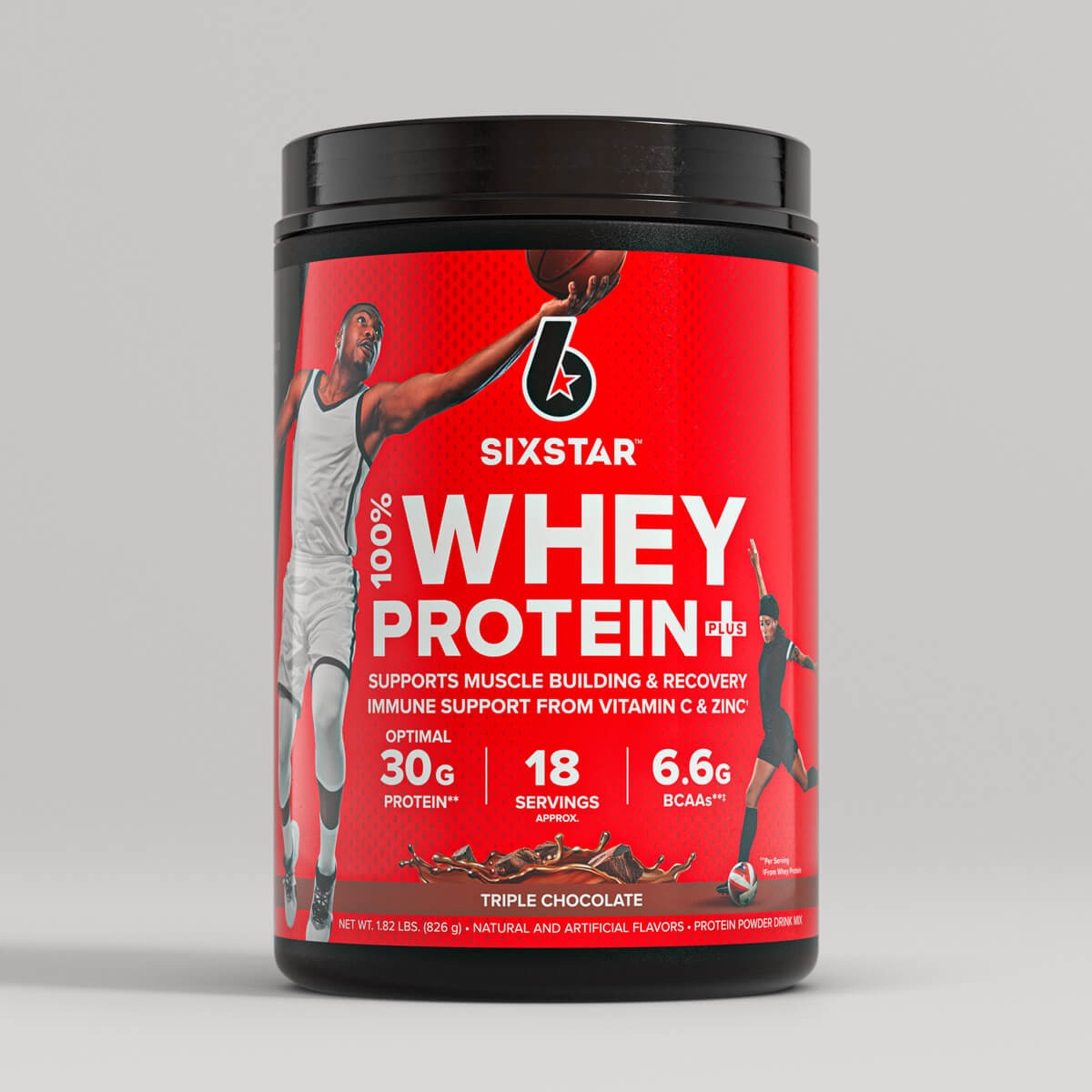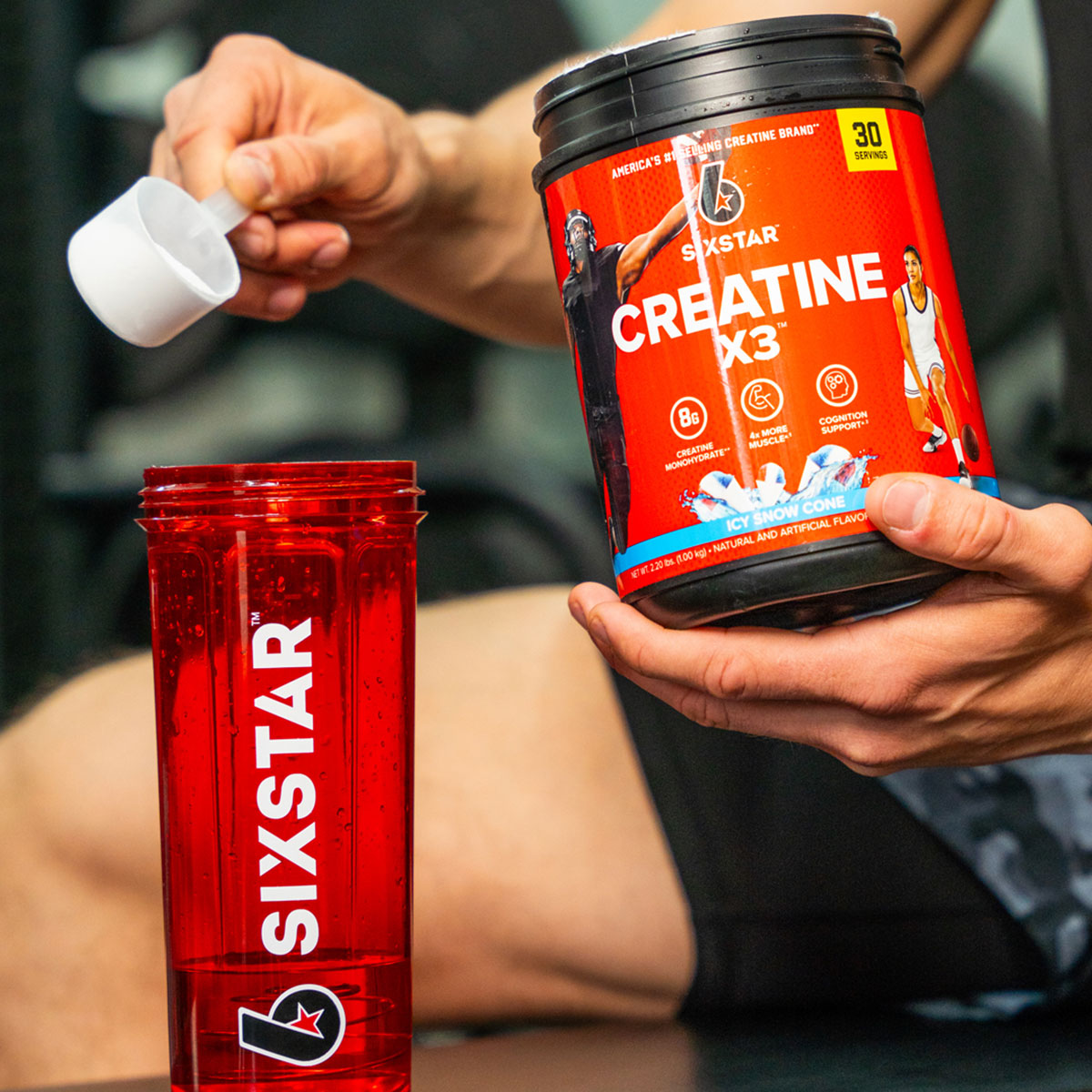In the athlete’s pursuit of excellence, strength training is essential. It enhances sports performance, protects against injury, and promotes psychological well-being. A high school or college athlete may struggle to find time for a consistent strength training regimen.
Read on to discover how resistance band exercises, careful scheduling, and attention to sports nutrition can make strength training for the busy student-athlete successful and rewarding.
Resistance Band Exercises for the Busy Student-Athlete
Resistance bands are one of the best ways to incorporate strength training into a busy day. Effective alternatives to weight training, these simple elastic bands keep strength training for the busy student-athlete practical and convenient.
Resistance Band Exercises Target All Muscle Groups
With resistance bands, you can accomplish a whole-body workout or exercise specific muscle groups according to your resistance training needs. Because they rely on elastic force rather than gravity to produce resistance, bands allow you to exert force in any direction.
The ability to exercise with resistance in a horizontal plane means you can target your resistance training to build muscular strength for specific movements needed for your sport (twisting your body to swing a baseball bat, for example).
Benefits of Resistance Band Exercise for Student-Athletes
Resistance bands are budget friendly, lightweight, and space saving. They are easy to use anywhere, including hotel, dorm, or bedroom. Bands can be used with nothing more than your own body or be anchored to any stable object, such as a door, tree, or park bench. They are perfect for travel and allow athletes to exercise when no weight room is available.
Incorporating Resistance Bands into a Workout
Bands come in varying strengths and are useful in all workout stages. Resistance bands can be added to any type of workout, including muscle building, cardio, explosive, and flexibility. Used in warmup, they help activate the specific muscle groups you plan to target. With the guidance of an athletic trainer, resistance band exercise can even help athletes rehabilitate after injury.
Tips for Scheduling Strength Training
Because student-athletes lead busy lives, you’ll need to choose a workout schedule that fits best with your other commitments. Remember to allow time for preworkout hydration and nutrition. Prioritize a consistent sleep schedule: rest is essential for your health!
Enlist a coach or personal trainer to help you create an individualized resistance training schedule and stick to it. An experienced professional knows proper technique and can design a schedule to address your weaknesses and prevent injury.
Plan to work different muscle groups on alternating days to avoid fatigue. Setting clear goals and keeping a record of progress will provide motivation and help you identify needed adjustments for maximum results.
The ideal length of a strength training workout will vary with your level of fitness, your goals, and timing in relation to the sports season. Sessions typically range from 30 to 120 minutes. Efficiency is key for a busy student; although resting between sets is essential, you can minimize time wasted on resting by employing supersets in your workout.
Strength Training in Short Intervals
To maximize efficiency, perform strength training in short-interval format, alternating bursts of intense activity to bring the heart rate up quickly with short recovery periods. Aim for work:recovery time of 1:1 or 2:1.
Benefits of Short-Interval Strength Training
Short-interval routines can help you get the most out of your strength training. Brief, intense periods of exercise reduce the time required for recovery during a workout, meaning equal reward with a shorter workout. High-intensity interval training builds endurance and stamina, and provides benefits to aerobic capacity that lessen your need for separate cardio or circuit training.
Short-interval strength training requires focused attention and determination in the face of intense physical demands. Interval training not only makes resistance exercise more interesting but helps prepare the elite athlete mentally for the rigors of competition.
Best Strength Training Exercises for Short-Interval Workouts
Interval training for strength is well suited to full-body sessions. For more focused workouts, it is most effective in sessions split between upper and lower body or between push and pull motions, and for large motions such as rowing and pressing. Risk of injury increases when this method is used to exercise single body parts.
Depending on fitness level and training frequency, athletes should begin with short intervals, such as an aerobic interval of 30 seconds followed by a recovery interval of 15 to 30 seconds. Extend these times as your stamina increases.
Diet Considerations when Strength Training as a Student-Athlete
Busy high school and college schedules can tempt the student-athlete to deprioritize a healthy diet, but adequate nutrition is key to building muscle mass and repairing the body. Poor nutrition compromises academic and athletic performance alike.
Elements of a Healthy Diet for Strength Training
The optimal energy balance of dietary protein, fat, and carbohydrate for athletes remains the same as for nonathletes, but overall energy intake must reflect the demands of intense physical activity. Meal timing is crucial: plan for several small meals throughout the day, with special attention to periods surrounding a workout. Consume proteins high in essential amino acids before and after strenuous activity. Complex carbohydrates should predominate, but adding simple carbohydrates immediately after high-intensity exercise helps replenish glycogen stores.
Hydration is paramount—any water loss can compromise athletic performance. Hydrate fully before exercise, drink throughout the workout, and rehydrate with electrolytes afterward.
Dietary Exclusions and Changes with Strength Training
An athlete’s diet should minimize trans fats and incomplete proteins. Restrict simple carbohydrates to periods of exercise-induced glycogen depletion. A balanced, varied diet provides sufficient protein, vitamins, minerals, and antioxidants; these will not require supplementation unless a specific deficiency is found.
For young athletes in strength training, the primary change to diet and nutrition simply will be increased intake: more water, more calories, and more frequent meals. By planning ahead, you can effectively manage your nutritional needs.
Conclusion
Strength training for the busy student-athlete is key to athletic performance. Want more tips? Learn more about training here!
Buy Sports Nutrition & Supplements from SixStar
Read Our Top Read Blogs:
- What is Bulking Season and when does it Start?
- How to Train Yourself to be Ambidextrous?
- The Ultimate Workout Program to be an All-Round Athlete
- Fitness & Diet for Offensive & Defensive Linemen
- When to Take to Take BCAA? Maximizing Your Workouts, Enhancing Your Health
- Diet For Soccer Players: What, Why & When































